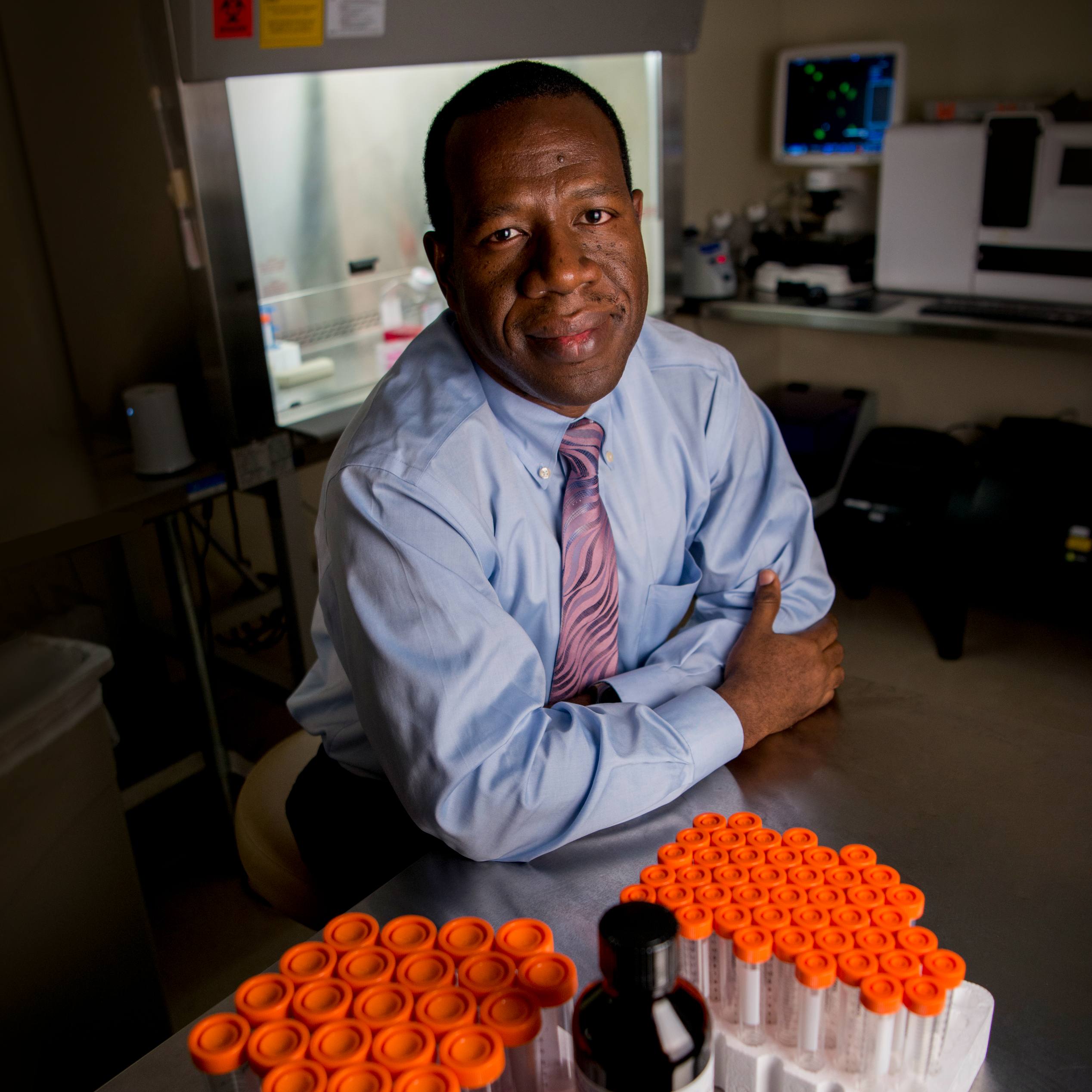-
Mayo Clinic Q&A podcast: Protect your skin from the summer sun

Whether swimming in the pool, a trip to the lake or a day at the beach, summertime often means sun exposure. And protection from the sun is the focus of Summer Sun Safety Month every August.
Skin cancer is the abnormal growth of skin cells. While it most often develops on skin exposed to the sun, but it also can occur on areas of skin not ordinarily exposed to sunlight. Skin cancer is the most common form of cancer in the U.S.
"And the incidence of skin cancer is rising," says Dr. Dawn Davis, a Mayo Clinic dermatologist. “We all want to be on the Earth longer, and we appreciate time and aging. But the older we are, the higher our risk for skin cancer.”
The three major types of skin cancer are basal cell carcinoma, squamous cell carcinoma and melanoma. Early detection of skin cancer gives you the best chance for successful skin cancer treatment.
While it is common to have freckles and moles develop over time, it is important to know your skin and recognize when changes occur.
"It's important to know what skin lesions you have," explains Dr. Davis. "Know what they look like, so that if they change, you can come to the dermatologist or health care provider for evaluation."
Melanoma is the most serious and deadly form of skin cancer. Dr. Davis says the "melanoma alphabet" can help with early detection:
- Asymmetry
Look for moles with irregular shape. - Border
Look for moles with irregular, notched or scalloped borders. - Changes in color
Look for growths with different or uneven colors. - Diameter
Look for new growth of more than one-quarter of an inch in diameter. - Evolving
Look for changes over time.
While melanoma is more common with age, pediatric melanoma can occur.
“Often, it's not on everyone's radar because we don't believe that children can have skin malignancy, but that is not true,” says Dr. Davis. “It's simply less common. When children get melanoma, they can present with the same signs and symptoms as adults. However, they can also have different symptoms. Pediatric melanoma tends to be skin-colored or amelanotic more commonly than dark or pigmented. So, if a child develops a skin-colored, pink or red bump, or something that used to be flat and then becomes raised, that would be of concern.”
On the Mayo Clinic Q&A podcast, Dr. Davis discusses skin cancer detection and treatment. Dr. Davis also recommends steps to take to protect your skin including avoiding ultraviolet rays, and wearing sunscreen and protective clothing.
Watch: Dr. Davis discuss skin cancer.
For everyone's safety, Mayo Clinic has strict masking policies in place. Anyone shown without a mask was recorded prior to COVID-19 or recorded in an area not designated for patient care, where social distancing and other safety protocols were followed.
For more information and all your COVID-19 coverage, go to the Mayo Clinic News Network and mayoclinic.org.








